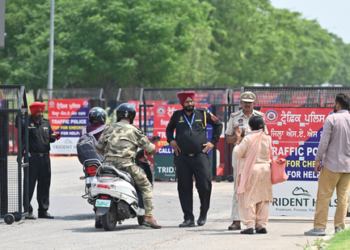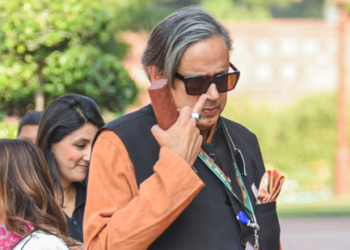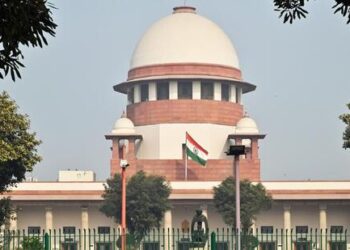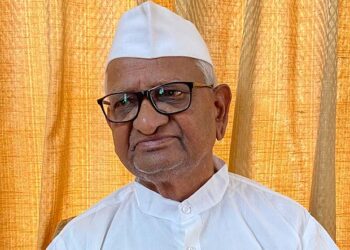In India, the central government has constituted a committee to explore the feasibility of one nation one election. The panel is to be headed by former president Ram Nath Kovind.
Reports say the former president is expected to speak to experts on the issue. The government’s decision comes a day after it decided to call a special session of parliament between September 18 and 22.
The idea of one nation one election, does not mean holding one election per se. Rather, in the present context, It means holding simultaneous elections to all state assemblies and the lok sabha.
The present Bharatiya Janata party-led government has been pushing for the cause, ever since coming to power in 2014. Prime Minister Narendra Modi himself has on different occasions since 2016, made the case for holding simultaneous elections.
Let us first understand why there is a need to hold simultaneous elections. It is a widely known fact that India is almost always in election mode. Every year the nation holds elections for 5 to seven state assemblies. Added to that a general election every five years and elections to local governments at regular intervals.
Conducting frequent elections engages a lot of resources: Right from resources to conduct elections, To resources for campaigning, and providing security for elections. Frequent elections also hinder governance and policy-making, as the moral code of conduct is frequently in place in some parts of the nation. Holding simultaneous elections will save all of these resources and efforts.
There is a strong case for holding simultaneous elections to state assemblies and the Lok Sabha. And this was a political reality in India, from the years 1952 to 1966.
After this some state assemblies were dissolved, leading to early elections in those states. Hence, the cycle went out of sync. Going back to such a case today is not easy. The exercise has many constitutional, statutory, and political hurdles to it.
First, it will involve holding elections in a few states early and delaying elections for the rest. While the state assemblies could be dissolved earlier than their prescribed tenure of five years. Doing so is extremely challenging if the state is ruled by a party that is in opposition at the center.
Plus, there is no constitutional provision to extend the tenure of any state assembly or the lok sabha. Going back to simultaneous elections would require constitutional amendments and changes in the representation of people’s acts. Such amendments will have to be approved by a two-thirds majority in both houses of parliament.
And by ratification of more than half of the state assemblies. If the present government is successful in bringing the necessary amendments, this will be no guarantee that the cycle will not go out of sync again.
To ensure otherwise, more amendments will be needed. Especially with respect to no-confidence motions, the president’s rule in states, anti-defection laws, and bye-election rules.
And let’s not forget that all such amendments will need to pass judicial scrutiny.





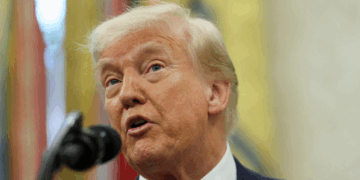
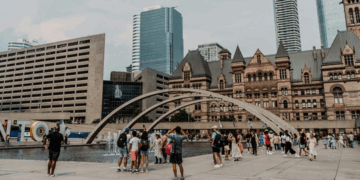
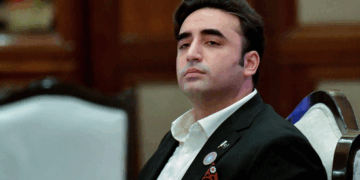
 India
India



